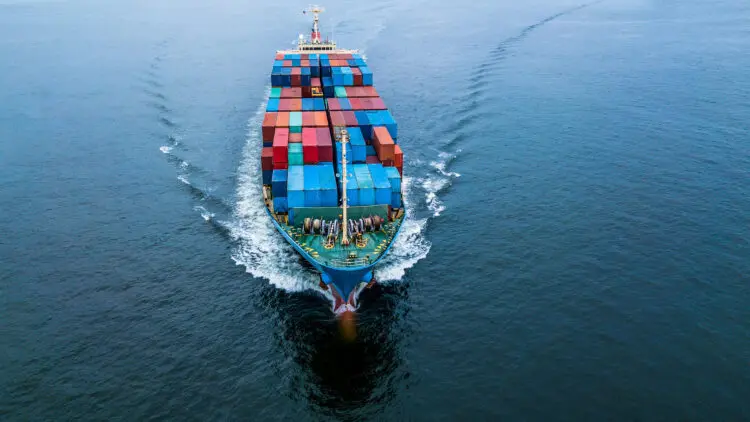Traditional enterprise TMS systems have been in the market for decades. These platforms are designed with the purposeful, and laudable, the objective of giving shippers the tools, processes, and functionality to efficiently manage the full transportation cycle from bid to acceptance, to rate management, through shipment planning, tendering, execution, tracking, invoicing, audit and pay, and analytics.
These systems strive to bring organization, structure, and visibility to logistics management, the complex process of moving goods from dozens or even hundreds of locations, with just as many, if not more, logistics capacity providers, across truck, air, rail, and ocean. It’s easy to see why supply chain management professionals are eager to tap the potential of transportation management software.
Adoption of an enterprise TMS is an IT-intensive process that requires dedicated implementation resources from both the buyer and the vendor. In the best cases, full deployment and operation might take six months; often the start-up process can take a year or more for a large organization.
In the end, the TMS user often discovers three things:
1. The data you need is not available in your TMS.
The supply chain changes over time. Changes to your business model, supply chain structure, how your customers buy, where and how you source, make and stage goods, all affect your systems. As a result, your TMS doesn’t align with the original business objectives for which it was designed or implemented. Now, your system requires add-ons or workarounds to obtain what the organization needs. Your TMS use-case was based on needs that have dramatically evolved, or no longer exist. New or modified data sources don’t fit neatly into your existing system and are not available.
2. The TMS is constraining your efficiency.
The cost savings or operating efficiencies originally projected have not materialized. In some cases, the organization is spending more in some areas of logistics and transportation than before. The business rules or management processes adopted in conjunction with the TMS implementation are now less efficient, actually costing the organization more money. Perhaps the implementation process across all locations has taken longer than expected, and adoption is not complete. To keep your TMS up to date, required manual processes burdened by multiple external systems cause delays in updating your data and your decision making.
RateLinx Placed in 2022 Magic Quadrant for Transportation Management Systems (TMS)
3. Your TMS isn’t providing the complete picture.
When you don’t have the data you need, the promised analytics are either unavailable, insufficient, inaccurate or late. The data you require to improve your efficiency is not available through current sources. If you have data, it’s likely uncleansed, unstructured, and unstandardized. Or, your TMS is incapable of ingesting, processing, and reporting it. You’ve created a data lake but are drowning in data and starving for intelligence.
Plus, data collection is only part of the problem. Your system needs to be able to process the voluminous data, identify trends and provide actionable insights. What analytics you do have are historical, and by the time you identify a problem or issue, it’s too late. The money is already out the door, the marketplace has changed, or your processes have not kept up, and you have new problems.
Your TMS has value but not the answer.
That’s not to say that traditional TMS platforms don’t have value—they do. But the dynamic nature of the transportation market is changing the macroeconomic influences of e-commerce, changing buying patterns, shippers ordering in smaller more frequent lots, mass customization, staging goods closer to the end-consumer, and the demand for faster and faster delivery. All of these business realities argue for a fresh approach to the planning, acquisition, execution, and measurement of transportation services. It also means a change to the tools for doing so.
The solution is in your data.
Maybe it’s time to flip the script, think and act differently about what defines transportation problems and solutions. It starts with truly understanding the data you have from your internal systems and processes, systems and sources. As a result, you can transform the data into real-time, accurate intelligence that enables issue resolution quickly and confidently.
It’s not about automating freight orders, auditing and invoice payment. Nor is it about bidding tools, price negotiations, squeezing the carrier, tendering practices, or arguing over an accessorial. All of those tactics have value and a place.
Instead, step back and examine transportation operations less defined by the expectations of your TMS and focused more on the desired end state. Consider fixing or supplementing data, platforms, and processes with other resources for measurable improvement in weeks, not months—or years.
Ultimately, the goal is to transform your shipping data, how it’s collected, assessed, validated, verified and managed, and then integrate trusted and complete data into your core business processes. Turn transportation into a proactive strategic benefit, instead of a reactive, disappointing cost center.



